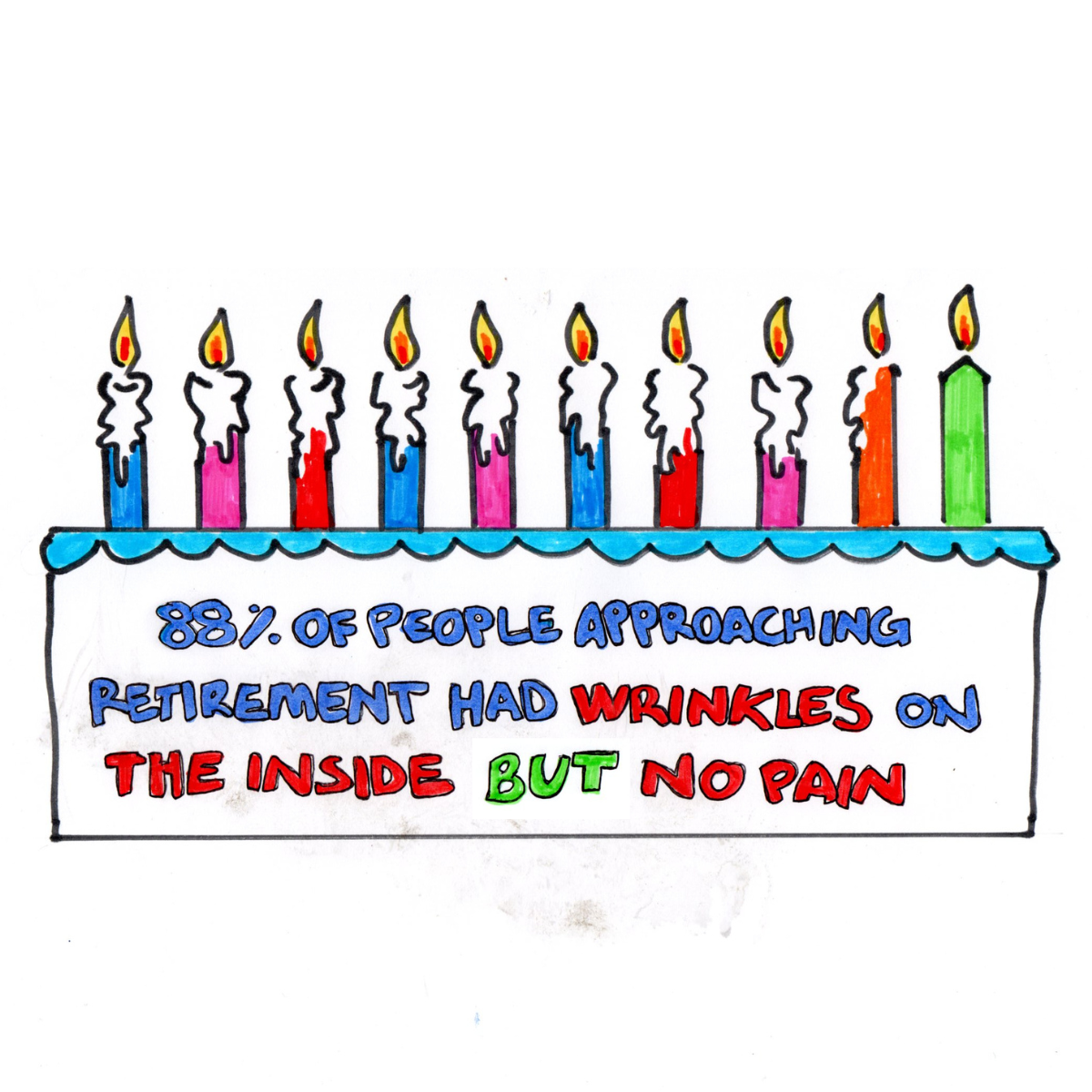A question that is sometimes asked, “I have low back pain, do I need a scan?”
It’s tempting to think that when you have low back pain, an xray or an MRI scan will ‘find something’ and identify the cause of your problem.
However, low back pain has been described as a leading cause of disability,
There were over 223.5 million cases of low back pain reported globally in 2019
Over 60% of the adult population will have low back pain in their lifetime.
Middle aged people aged 50-54 years of age report the most low back pain. Whilst 5-7% over the age of 45 years of age go on to develop chronic low back.
13-40% of people with low back pain experience leg pain and sciatica with the incidence of sciatica peaking at the 5th decade.
However, in over 90-95%+ of cases, an xray or an MRI will not actually find the cause of your pain, will not change management or even speed up recovery….
A research summary paper published in the British Medical Journal reported that age related degeneration was seen in 3110 imaging studies.
From the data, over 88% of people aged 60 years+ had ‘degenerate changes’ such as disc bulges, disc degeneration, even fractures.
Yet they did not have low back pain
As age increases, the likelihood of ‘changes’ demonstrated on MRI or xray increases.
It is good to know that such ‘changes on the inside’ are part of a normal benign aging process, like wrinkles and grey hair are accepted external signs of aging.
As my old mentor, Drew Coverdale once wrote “a scan will show ‘bits of life’ such as falling out of a tree” or years of bending and lifting in a non-optimal way.
Of course, there are certain situations where an xray, MRI or other investigation is highly appropriate and necessary.
But the routine use of investigations may create unnecessary worry and anxiety in an already distressed patient.
And worse still, is the unnecessary exposure to harmful radiation.
This is not to deny that you have low back pain
It is to remind us all that we are human and we are complex.
The pain experience is a multifactorial mix of physical, environmental, social, emotional and mental ingredients.
Health care providers and clinicians need to listen and prioritise actions based on the story of a person, not react to the findings of a scan.
As a physiotherapist, I can help low back pain and guide you back to what you love to do.
My clinic is in Blackwell (DL3 8QF) in Darlington, click on the contact form below to arrange a discovery call, to discuss how I can help you.

References:
Hall, et al (2021) Do not routinely offer imaging for uncomplicated low back pain. British Medical Journal, 372, n291
Brinjikji, et al (2015) Systematic literature review of imaging features of spinal degeneration in asymptomatic populations. American Journal of Neuroradiology, 36: 811 – 816
Ehrlich (2003) Low back pain. Bulletin of the World Health Organisation, 81: 671 – 676
N.I.C.E. (2022) Low back pain (without radiculopathy)
N.I.C.E. (2022) Sciatica (lumbar radiculopathy)
Wang, L. et al (2022) Epidemiological trends of low back pain at the global, regional and national levels. European Spine Journal, 31: 953 – 962

